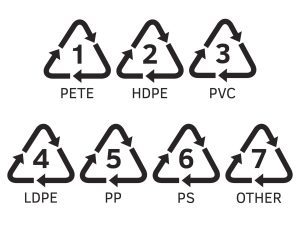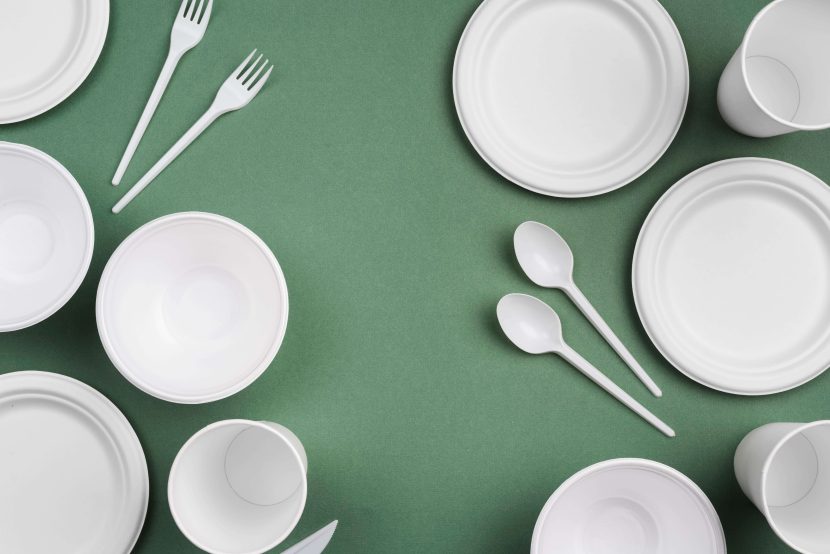What Are Plasticwares?
Plastic wares refer to items made from durable and lightweight plastic materials, including plastic knives, forks, spoons, cups, and containers. Before plastic became widely used, most utensils were made of metal. However, the introduction of plasticware brought a more affordable, versatile, and convenient alternative to households and businesses.
Today, plasticware manufacturers in Malaysia produce a variety of products — from everyday tableware to industrial and food-grade containers — making them an essential part of both domestic and commercial use.
Why Plasticware Is So Popular
Plastic has several qualities that make it ideal for manufacturing utensils and containers:
- Lightweight – Easy to carry and handle
- Durable – Resistant to breakage compared to glass or ceramic
- Moldable – Can be shaped into creative designs and characters (especially for children’s tableware)
- Affordable – Low production cost and easy mass manufacturing
For example, children’s tableware often comes in fun cartoon shapes and bright colors. Plastic is gentler on their mouths and easier for small hands to grip.
Types and Designs of Plasticware
Disposable plasticware such as forks, knives, and spoons are available in many styles:
- Classic white plasticware for general use
- Coloured or themed sets for parties and events
- Transparent or metallic-look options for semiformal occasions
- Textured or patterned handles for better grip and aesthetics
This versatility allows plasticware suppliers in Malaysia to serve various sectors — from food and catering to healthcare and hospitality.
What Do the Numbers on Plasticware Mean?

If you’ve ever noticed a triangle with numbers on your plastic items — these are recycling codes that identify the type of plastic used.
| Number | Type of Plastic | Common Use | Recyclable |
|---|---|---|---|
| 1 | PET (Polyethylene Terephthalate) | Water bottles, food containers | ✅ Yes |
| 2 | HDPE (High-Density Polyethylene) | Milk jugs, detergent bottles | ✅ Yes |
| 3 | PVC (Polyvinyl Chloride) | Pipes, blister packs | ⚠️ Limited |
| 4 | LDPE (Low-Density Polyethylene) | Plastic bags, wraps | ✅ Limited |
| 5 | PP (Polypropylene) | Food containers, bottle caps | ✅ Yes |
| 6 | PS (Polystyrene) | Disposable cutlery, foam cups | ⚠️ Limited |
| 7 | Other | Mixed plastics | ❌ No |
Knowing these codes helps you make environmentally conscious choices when using or disposing of plasticware.
Plastic Chairs vs. Wooden Chairs — Which Is Better?
Both materials have their advantages depending on usage:
| Feature | Plastic Chair | Wooden Chair |
|---|---|---|
| Weight | Lightweight and portable | Heavier |
| Maintenance | Easy to clean | Requires care and polishing |
| Cost | Affordable | More expensive |
| Durability | Weather-resistant | Can warp or crack |
| Aesthetic | Modern, simple | Classic, elegant |
For homes, events, and offices, many people prefer plastic chairs for their practicality. Twins Dolphin, a plastic chair manufacturer in Malaysia, offers high-quality and durable models suitable for both indoor and outdoor use.
Can a Plastic Chair Withstand an Adult’s Weight?
Yes — modern manufacturing techniques like rotational molding and injection molding ensure that plastic chairs are strong enough to hold an adult’s weight. During the process, molten plastic polymers are evenly distributed in a mold, cooled, and released as a single, solid structure.
This results in a lightweight yet sturdy chair that can last for years with minimal maintenance.
Conclusion
Plasticware plays a vital role in our everyday lives — from kitchen utensils to durable furniture. As a trusted plasticware manufacturer in Malaysia, Twins Dolphin focuses on quality, durability, and sustainability in every product. Whether you need clinical waste bins, plastic chairs, or household plastic containers, you can find a reliable range designed to meet both residential and commercial needs.




